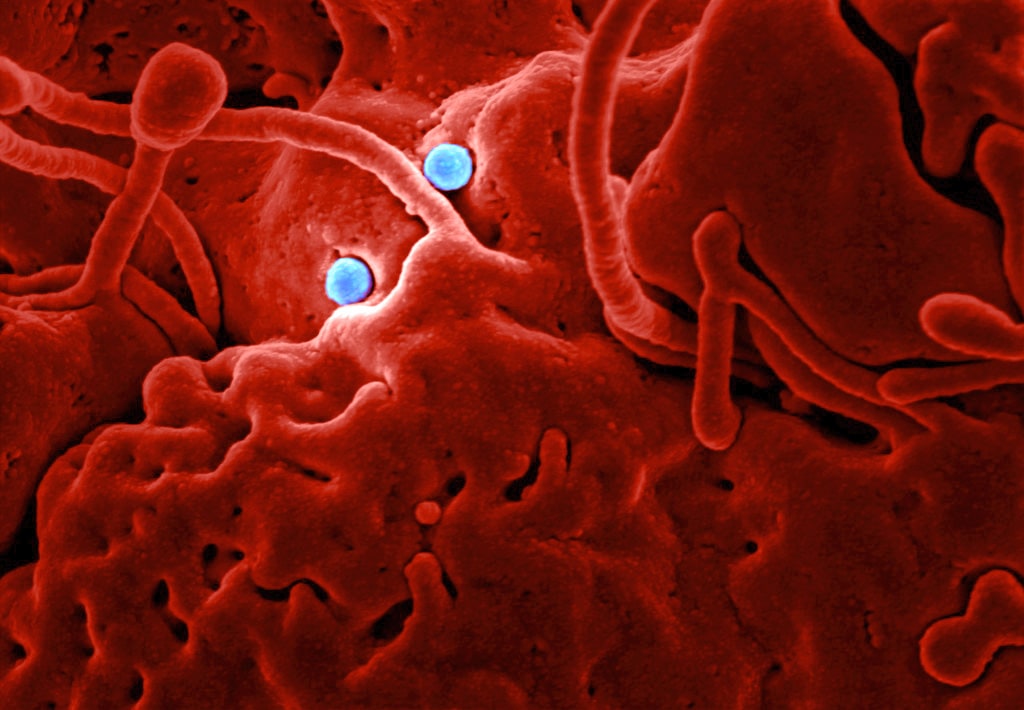Neurological manifestations in COVID-19 patients

COVID-19, caused by the SARS-CoV-2 coronavirus, mainly affects the respiratory system. However, several reports now indicate that COVID-19 patients also develop neurological symptoms and complications, from headache, dizziness and loss of smell to seizure, stroke and encephalopathy.
In this article published on the JAMA Neurology journal (available as a pre-print since February), Mao and colleagues present the first detailed report of neurologic manifestations in COVID-19 patients. This retrospective observational case series analyzed data from 214 hospitalized patients with COVID-19 from Wuhan, China and found that 36.4% presented neurologic symptoms that involved the central (CNS) and the peripheral nervous system (PNS) and skeletal muscle. Most common were nonspecific symptoms such as dizziness (16.8%), headache (13.1%) and impaired consciousness (7.5%), while more specific complications, including acute cerebrovascular disease and taste and smell impairment affected 2.8%, 5.6% and 5.1% of the patients, respectively. While CNS symptoms were the most frequent (24.8% of the patients), PNS and skeletal muscle symptoms were present in 8.9% and 10.7% of the patients, respectively.
The authors further describe that neurological symptoms were more dramatic and frequent in patients with severe respiratory disease. As reported in other studies, patients with severe respiratory infection were also older and showed more comorbidities (e.g. hypertension), raising the question of whether neurological impairment could be related to an inefficient immune response and to underlying cardiovascular problems instead of being directly caused by the virus. Plus, the majority of neurological symptoms occurs very early in the disease (median time after hospital admission was 1-2 days) and some patients were even admitted to the hospital before developing the typical COVID-19 symptoms, exhibiting only neurological manifestations. These observations seem to be consistent with the hypothesis that neurological features of COVID-19 are not just a non-specific and indirect consequence of severe illness and multi-organ failure but might be directly caused by the virus. Unfortunately, this study could not address the effect of the neurological complications on patient outcome, as most patients were still hospitalized at the time of data analysis. Another important limitation of the study is that most of the neurological data came from subjective descriptions of the patients, since it was not possible to perform neurological diagnostic tests due to the high influx of COVID-19 patients.
After this publication, several others have followed reporting neurological events in COVID-19 patients. For example, another study from Wuhan, China has demonstrated that 9% of 274 COVID-19 patients suffered from encephalopathy. Another case series from Strasbourg, France, reported neurological symptoms in 49 out of 58 patients (84%), ranging from disorientation to stroke.
It should not be a complete surprise that COVID-19 induces neurological disease. Many other viruses, including respiratory coronaviruses, can lead to neurological disorders. But the question of whether SARS-CoV-2 directly targets the nervous system remains. Other coronaviruses are known to invade the brain, but the mechanisms are still not understood. Although the Mao et al., study could not address this point, it seems possible that SARS-CoV-2 can also enter the human brain: the ACE2 receptor (used by the virus to attach to target cells) is strongly expressed in neurons and a single case report has been able to detect SARS-CoV-2 in the cerebrospinal fluid of a patient.
Although it remains unclear whether COVID-19 neurological symptoms are directly caused by the virus or an indirect consequence of the infection, this study demonstrates that a significant proportion of COVID-19 patients presents nervous system impairment. Addressing the mechanisms underlying these neurologic manifestations and whether they lead to long-term neurological sequelae will likely be the focus of future studies on the pathophysiology of COVID-19.
Contributing Scientist: Lara Carvalho
Translation: Ana Gerschenfeld
Scientific paper
Neurologic Manifestations of Hospitalized Patients With Coronavirus Disease 2019 in Wuhan, China
